Aside from the provinces of Ilocos Norte and Sur, Iloilo is also known for having wonderful churches not only serving as a venue of worship for the Ilonggos but also a site of history. On early morning of my second day in Visayas, I made my way to the southernmost municipality of Iloilo. San Joaquin, which is 1.5 hours away from Iloilo City, was the first stop of my church hopping in Iloilo.
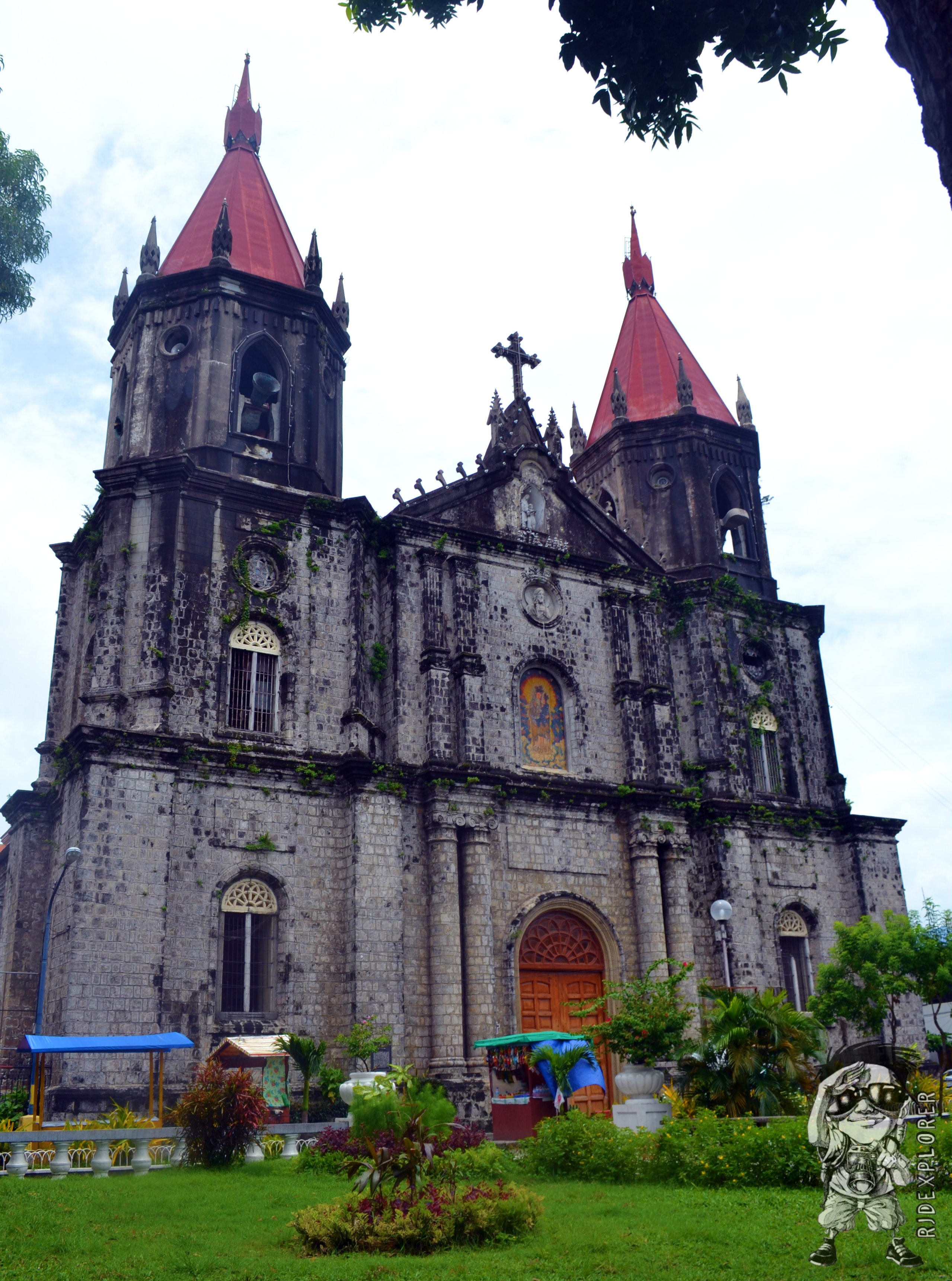
San Joaquin Church was built through the initiative of Father Tomas Santaren in 1859 and was completed after a decade. The façade of the church illustrates the triumph of the Spanish Cavalry against the Moors in the Battle of Tetuan. Materials used to build the structure were mostly coral stones and limestone. With a decree from the President in September of 1977, the church was declared a National Heritage Site. The façade of the church was still under renovation when I got there.
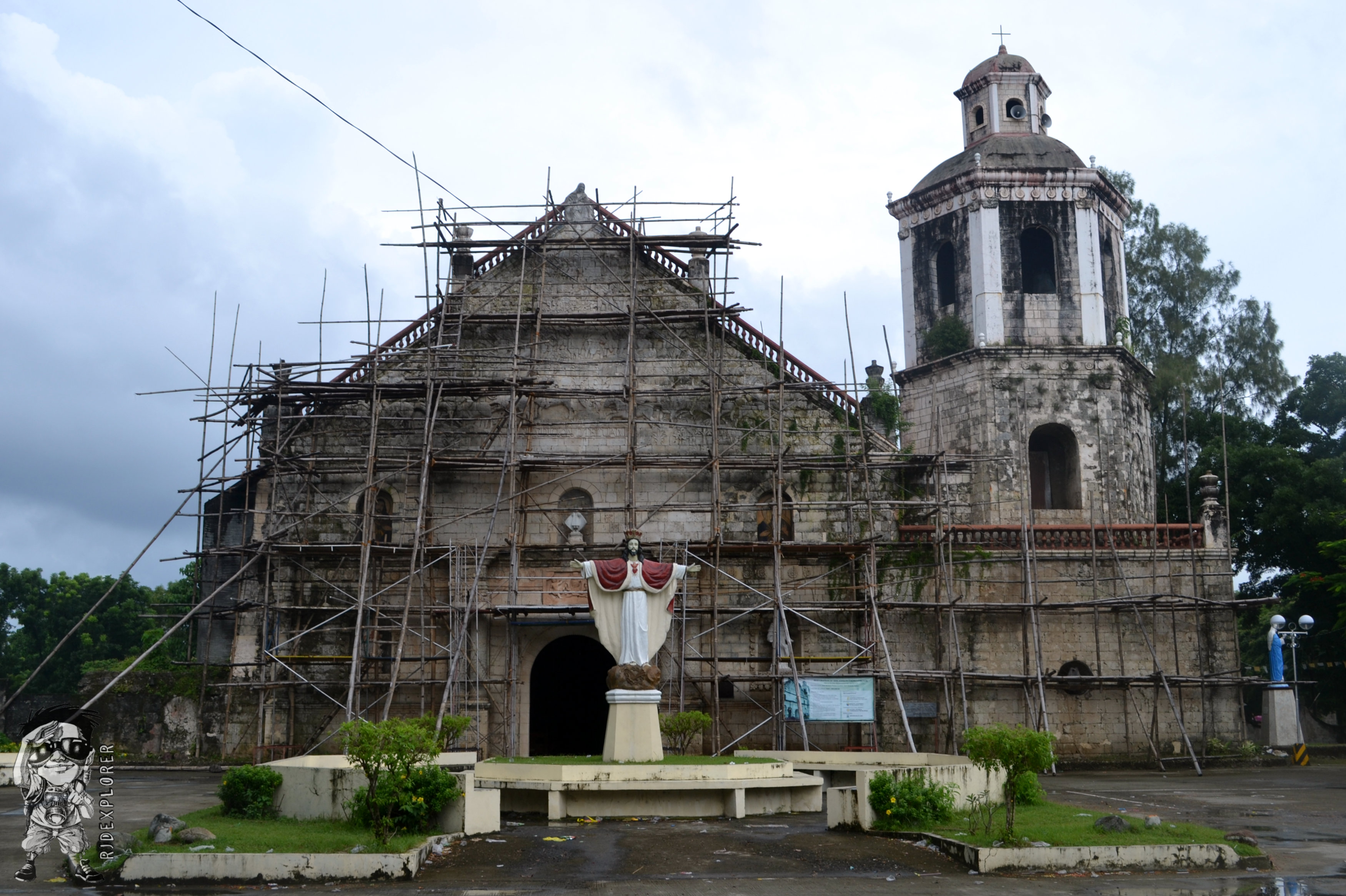
Another thing tourists visit in San Joaquin is their baroque Camposanto or cemetery chapel. A crown-liked structure is the centerpiece of the Spanish colonial cemetery which is elevated a few steps from the ground. It’s facing the road and has an overlooking view of the sea. The chapel was built using fossil stones and coral rocks with some red bricks.
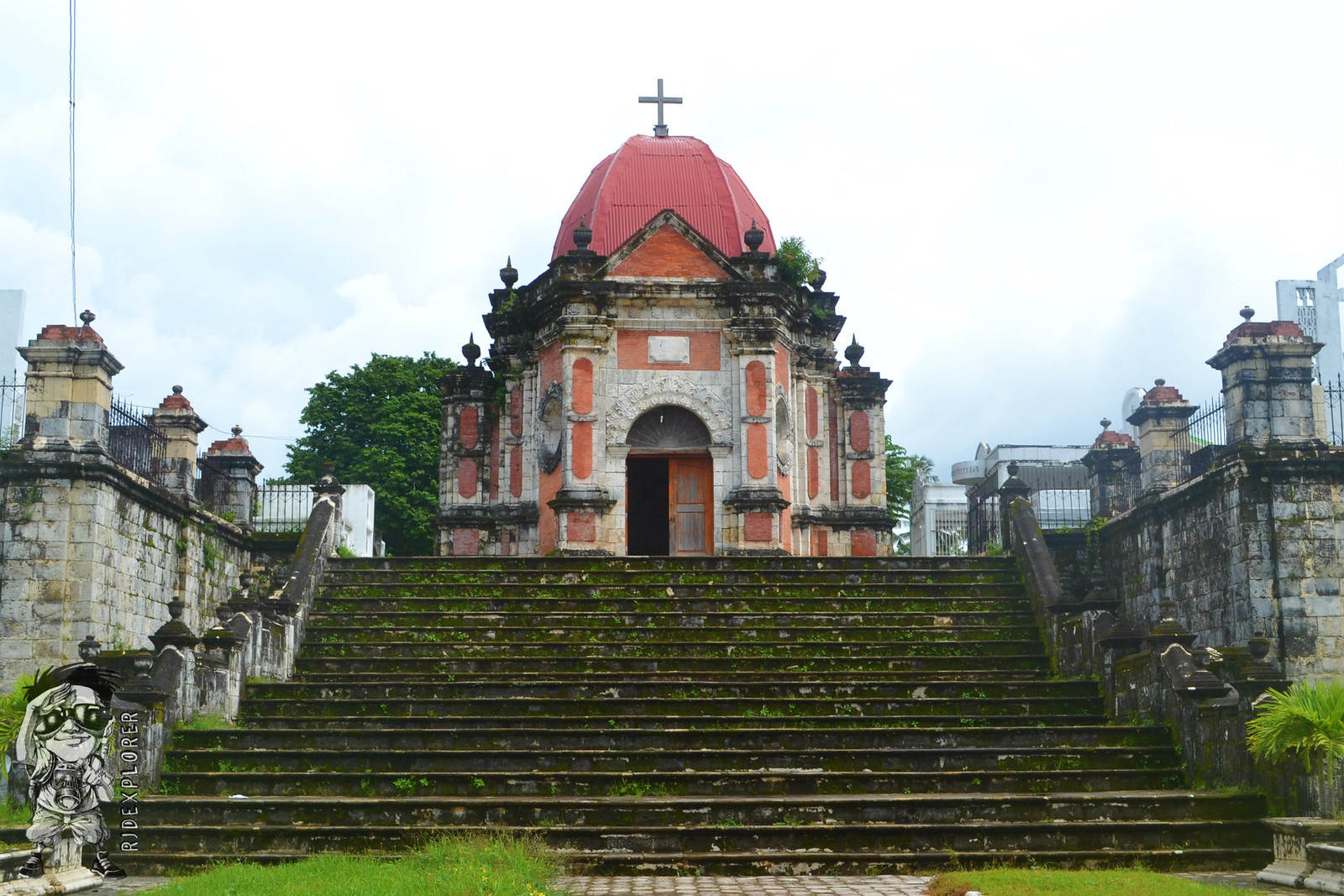
Next stop was the famous church of Miag-ao. Known as Miag-ao Church, Church of Santo Tomas de Villanueva is one of the four baroque churches in the country that was inscribed in the UNESCO World Heritage Sites in 1993. The very impressive façade of the church has a coconut tree as centerpiece from the middle to the top. Other features of the façade include St. Christopher carrying the Child Jesus on his shoulders and some locally grown plants on the rear side.
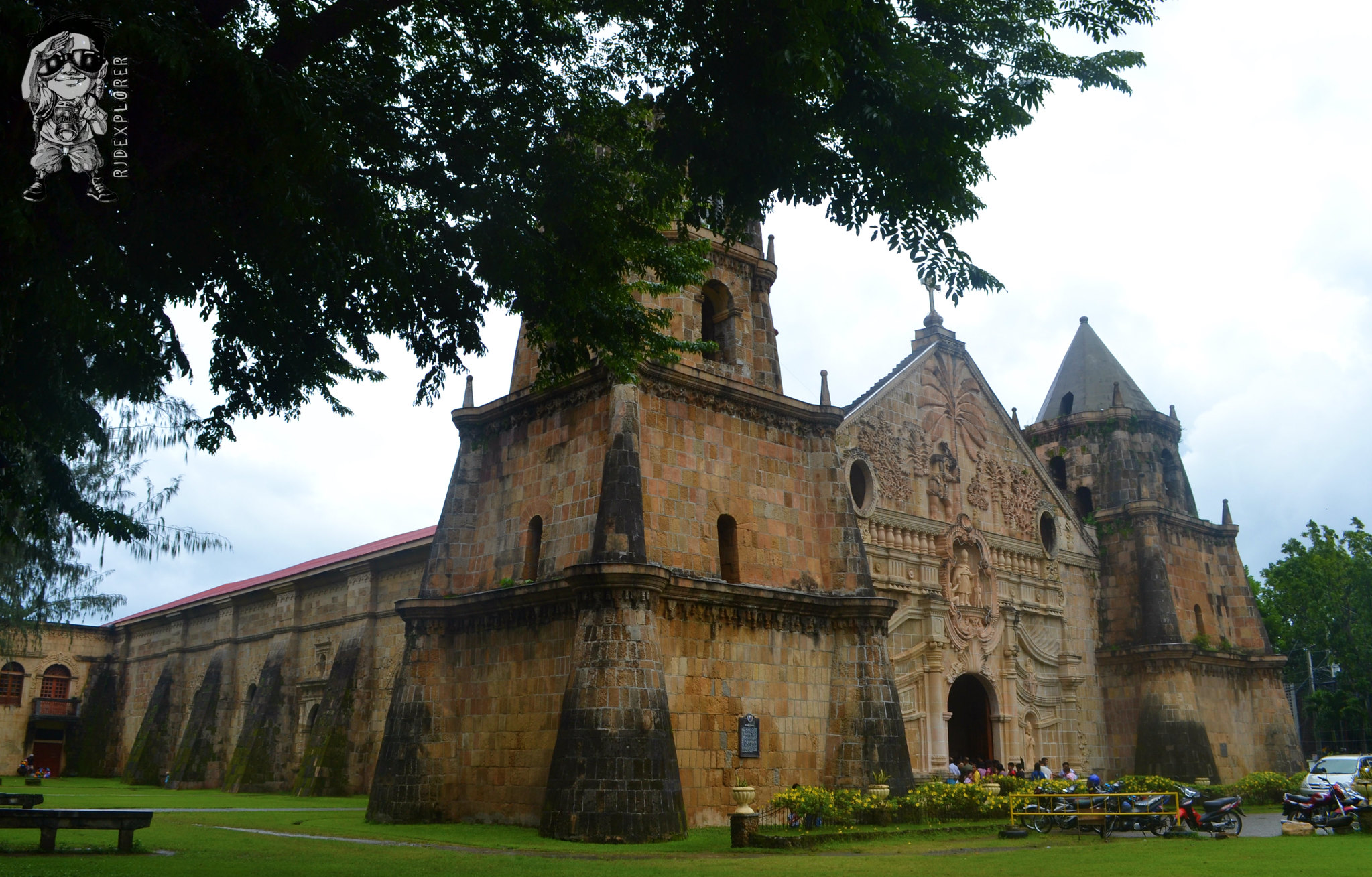
After the municipality of Miag-ao is Guimbal. The town was cited as the cleanest and greenest in Iloilo. Parish of St. Nicholas of Tolentino is a 400-year-old church and made of yellow adobe and coral stones. On the other side of the road is the Guimbal Public Plaza which can be compared to Luneta Park with its beautiful landscape.
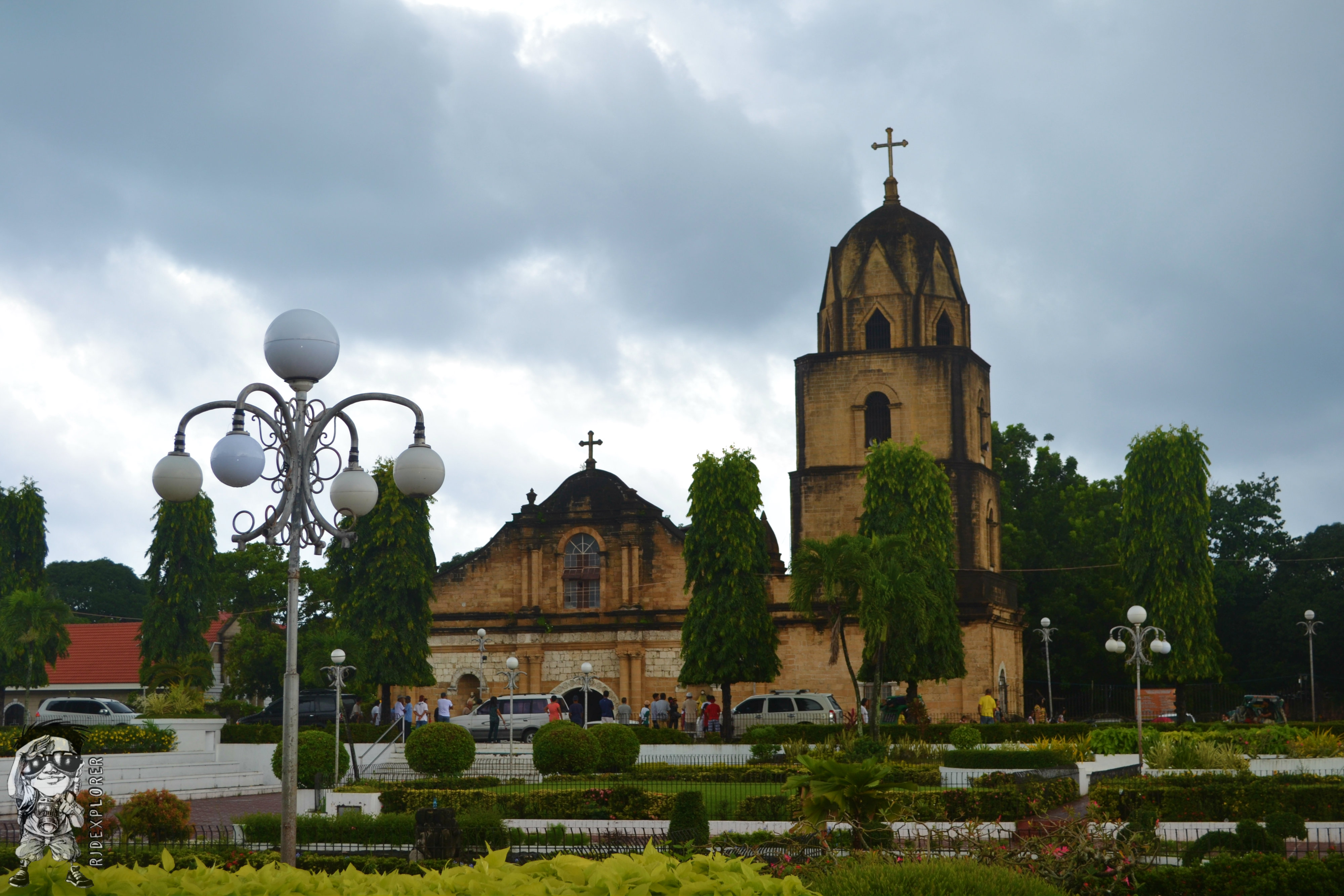
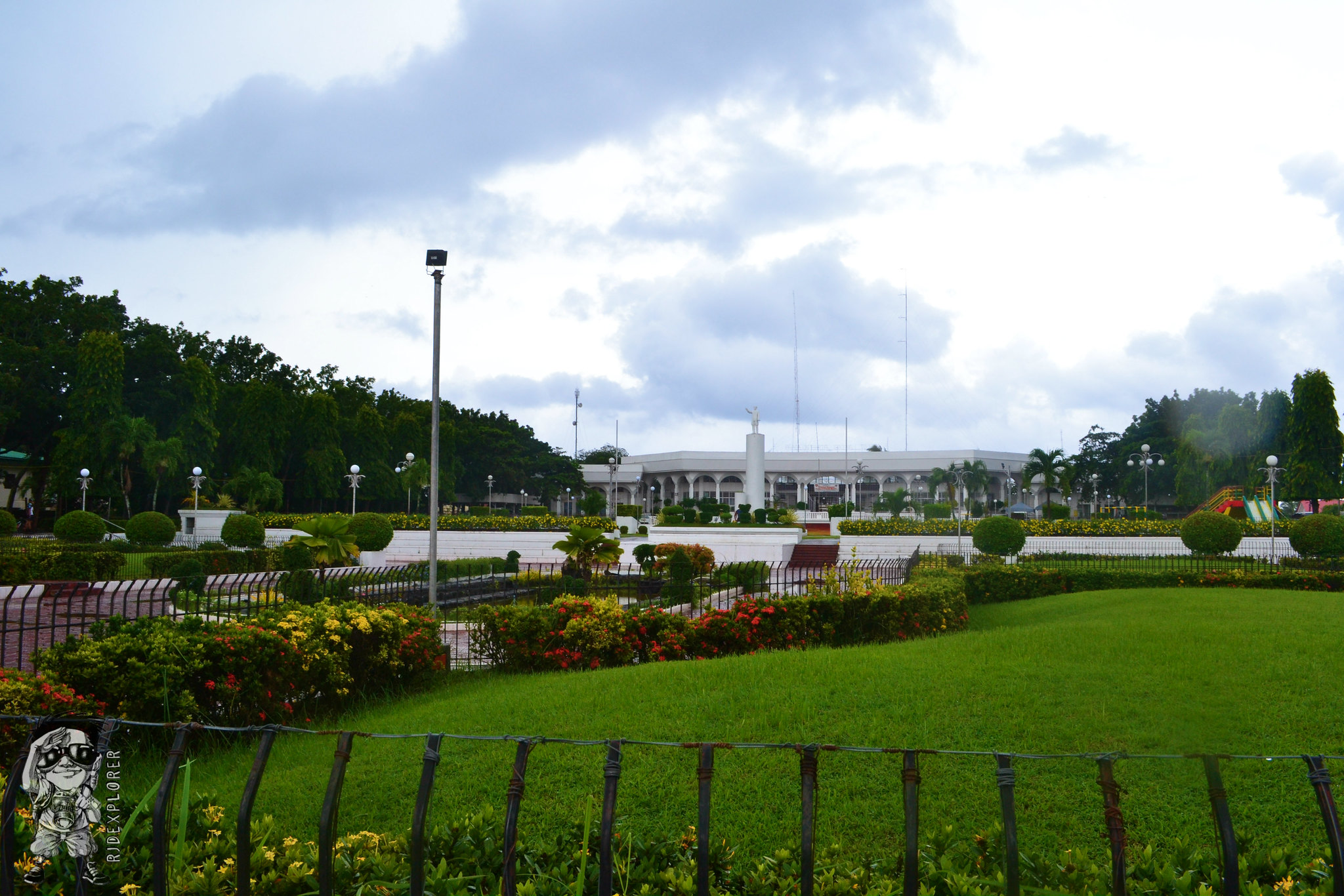
The fourth church I visited was the church of Tigbauan. Saint John of Sahagun can be classified as Churrigueresque style due to its extremely detailed sculpture found above the entrance of the main façade of the church. I didn’t get near it because rain started to drizzle when I’m still capturing its beauty. After the rain, I continued my church hopping and made my way to the next town of Iloilo, Oton.

Oton church, known as Immaculate Concepcion church, has a unique structure compared to other churches I visited that day. For others, they usually have one or two belfries/towers at the sides of their façades but for this one, belfry tower is located at the middle.

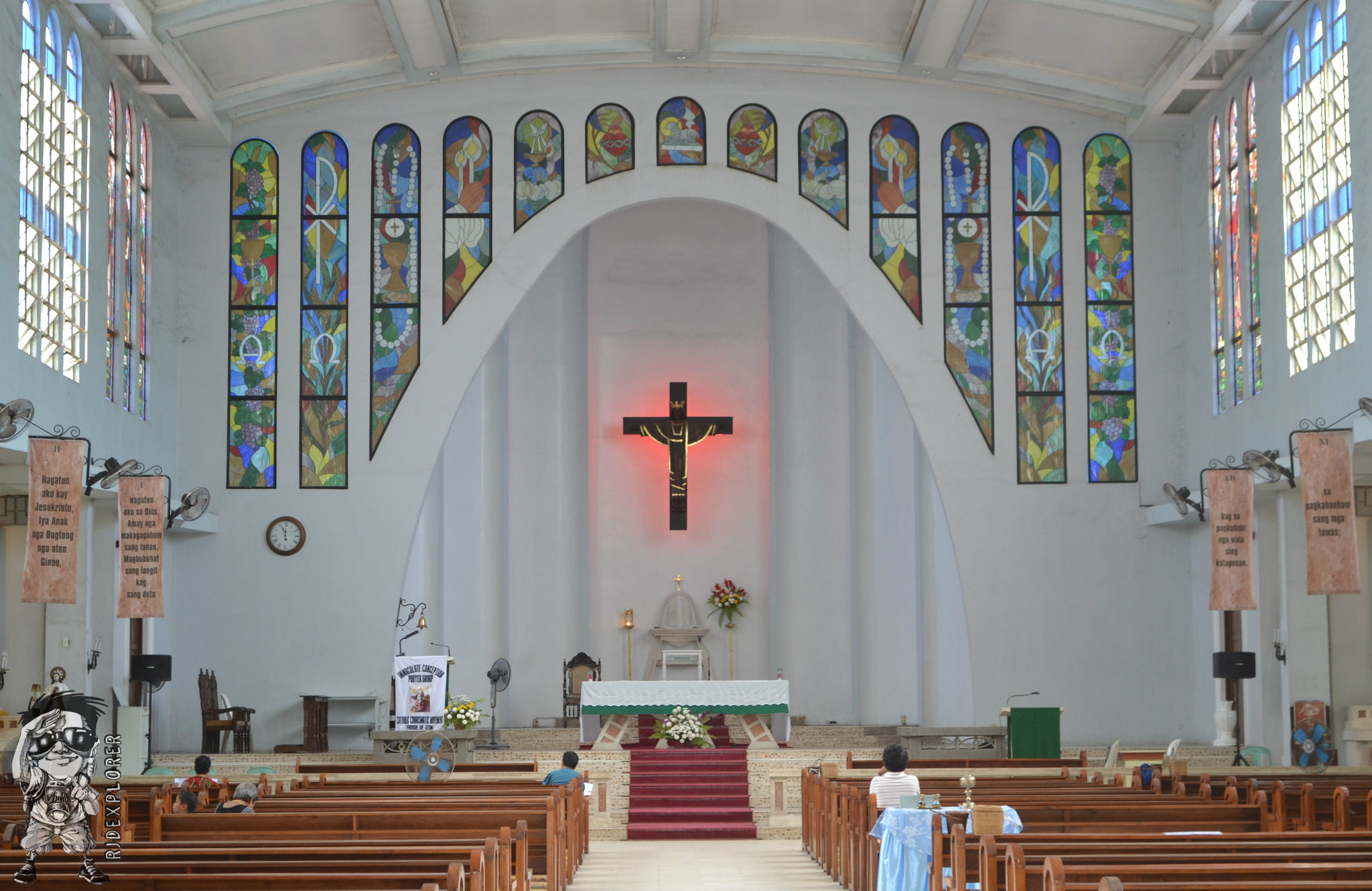
From Oton, I took a jeepney ride to Molo where I was amazed by their church, Parish of Saint Anne. The church has a distinct appeal to capture everyone passing by. It is the only Gothic church in the Philippines outside Manila and has castle-liked bell towers and a very elegant wooden door. Since Molo is known to be the Athens of the Philippines, a structure was built in front of the church having human-sized figures of some Greek goddesses. While walking near the plaza, I was offered by a vendor to try their own version of bibingka. Smaller in size compared to the usual bibingka, cooked in a cut tin can.
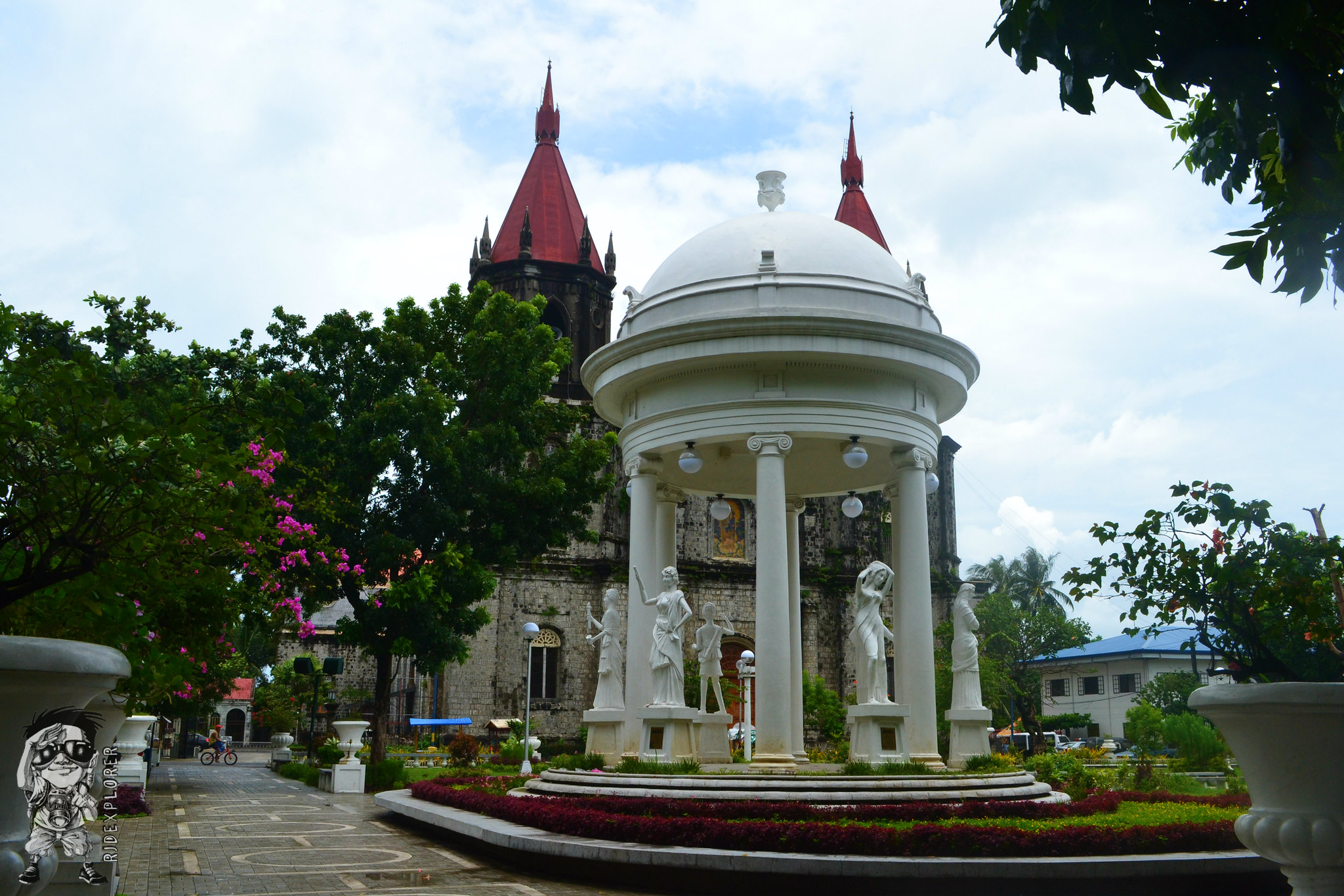
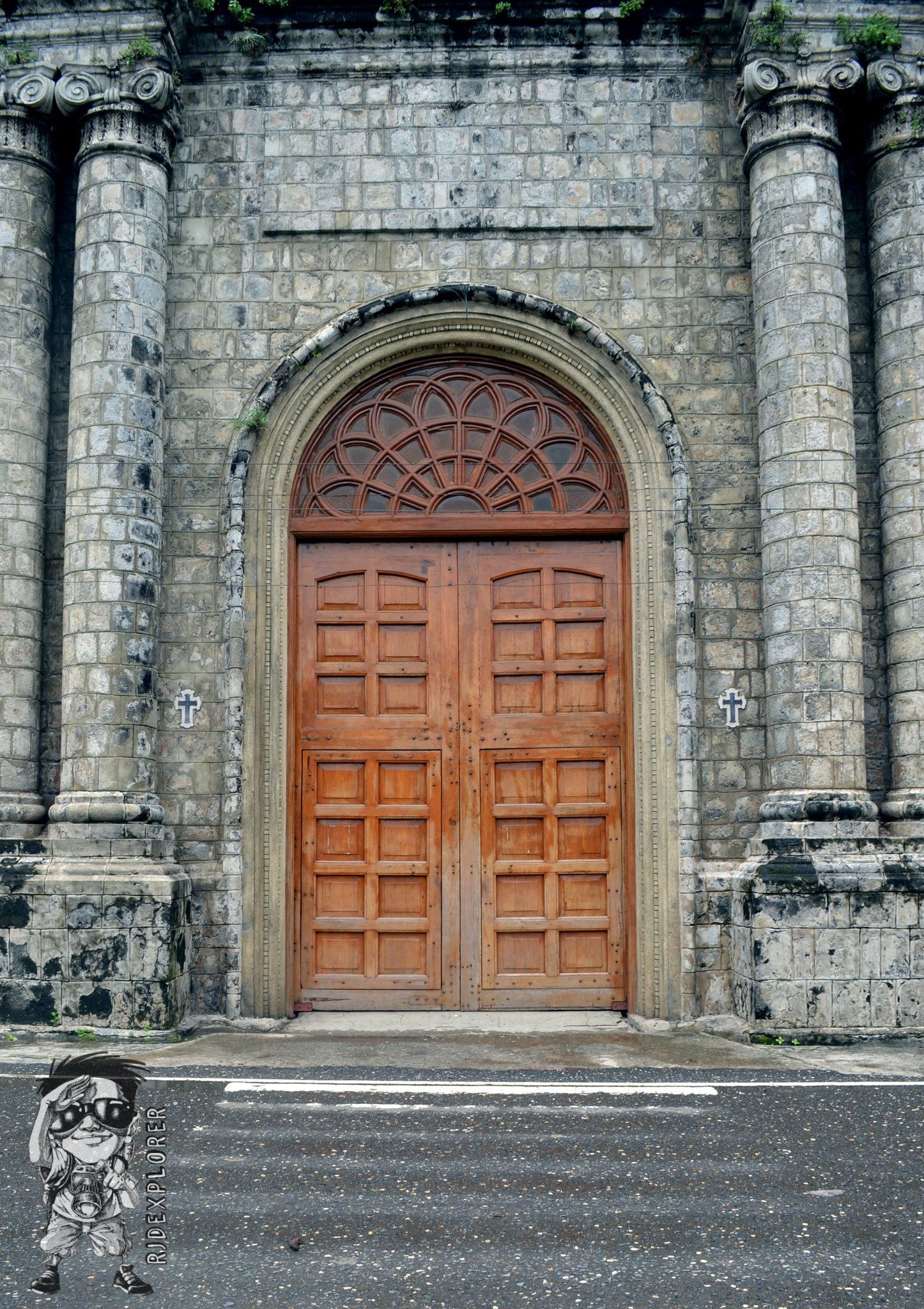
In search for a pancit Molo, I made my way back to another town, Arevalo. Although the Arevalo Parish Church seemed to be newly built, I found out that it is the home of the third oldest Santo Niño figure in the Philippines.


It was already 2 o’clock in the afternoon when I decided to drop by my lodging room before heading to Jaro. I’m having late lunch at a food chain when a heavy rain poured so I waited for about 20 minutes before proceeding to Jaro.

Jaro Cathedral, also known as the Parish of Our Lady of Candles, is one of the churches in the country having its bell tower away from the church itself. The belfry is located across the street. The structure of the cathedral is comparable to that in Molo but having a stair in its façade over the main entrance.
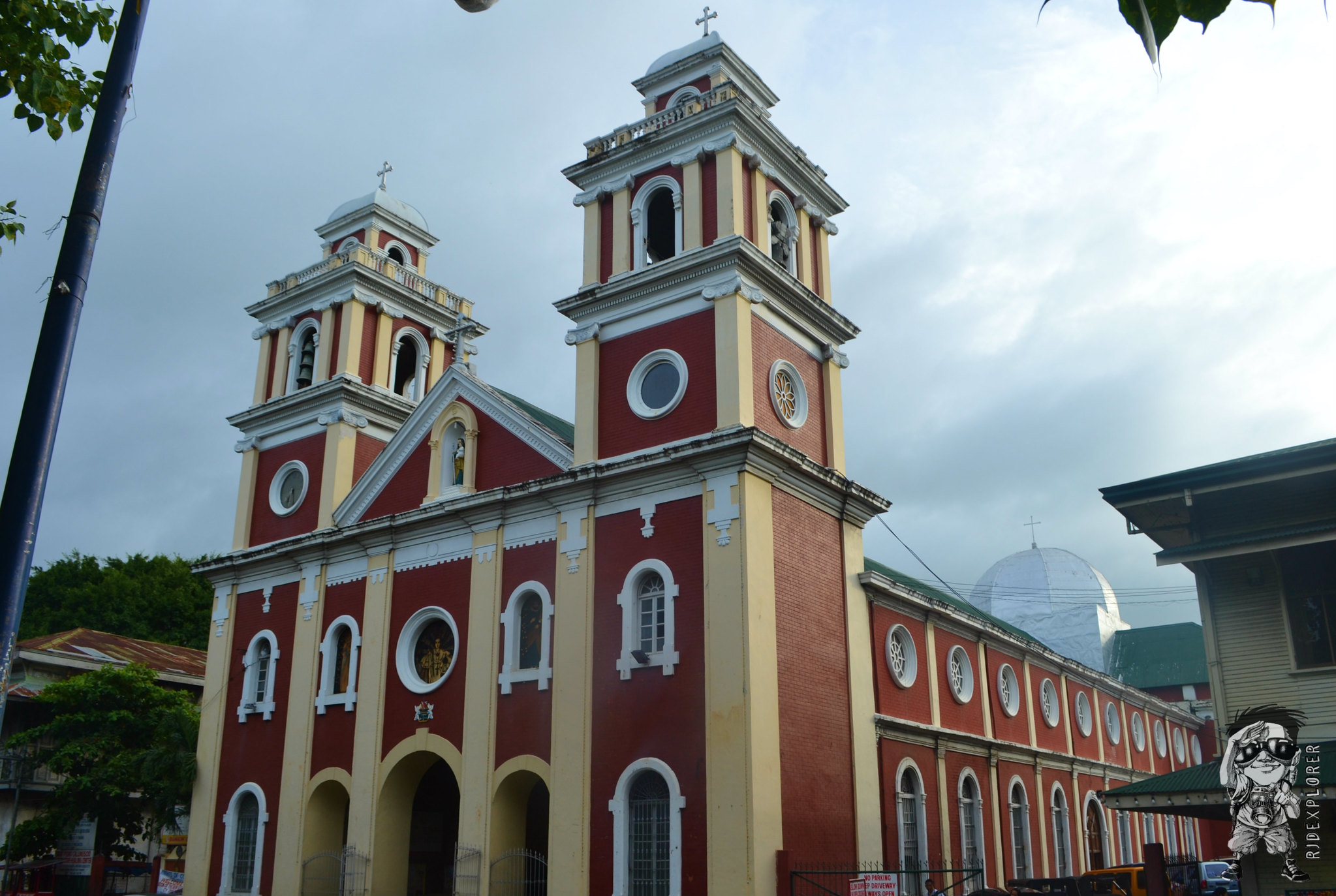

Last church I checked before I left Iloilo to Bacolod was the San Jose Parish Church located near the Iloilo City Hall. By visiting those churches, it made me appreciate the fusion of history and religion. History for the bunch of stories in the past the churches had witnessed and religion for they serve as venue of worship for the very religious Ilonggos.







